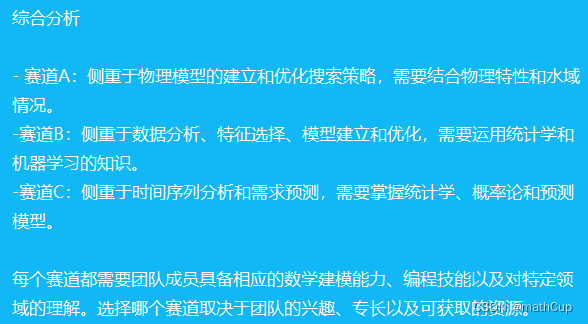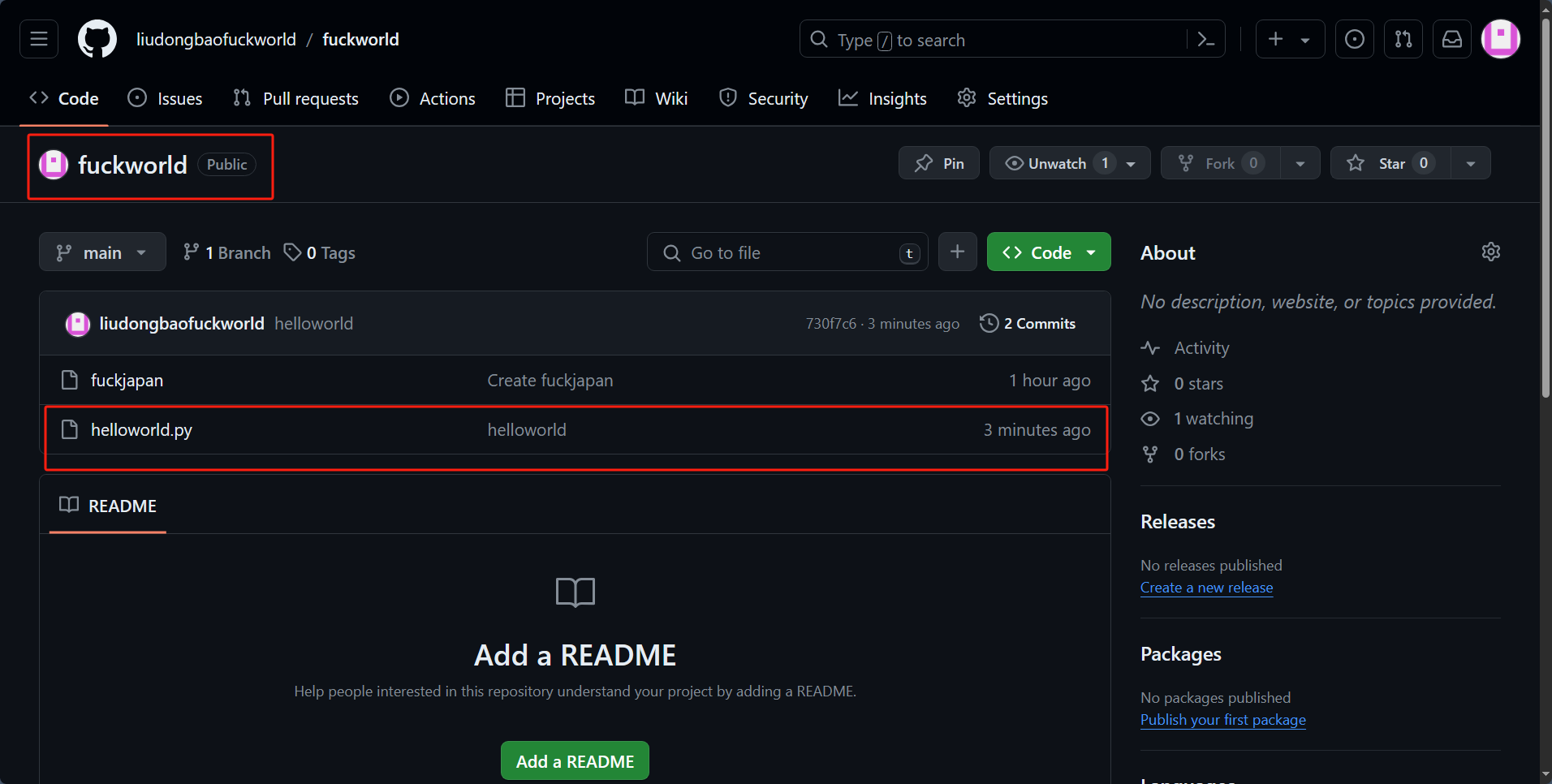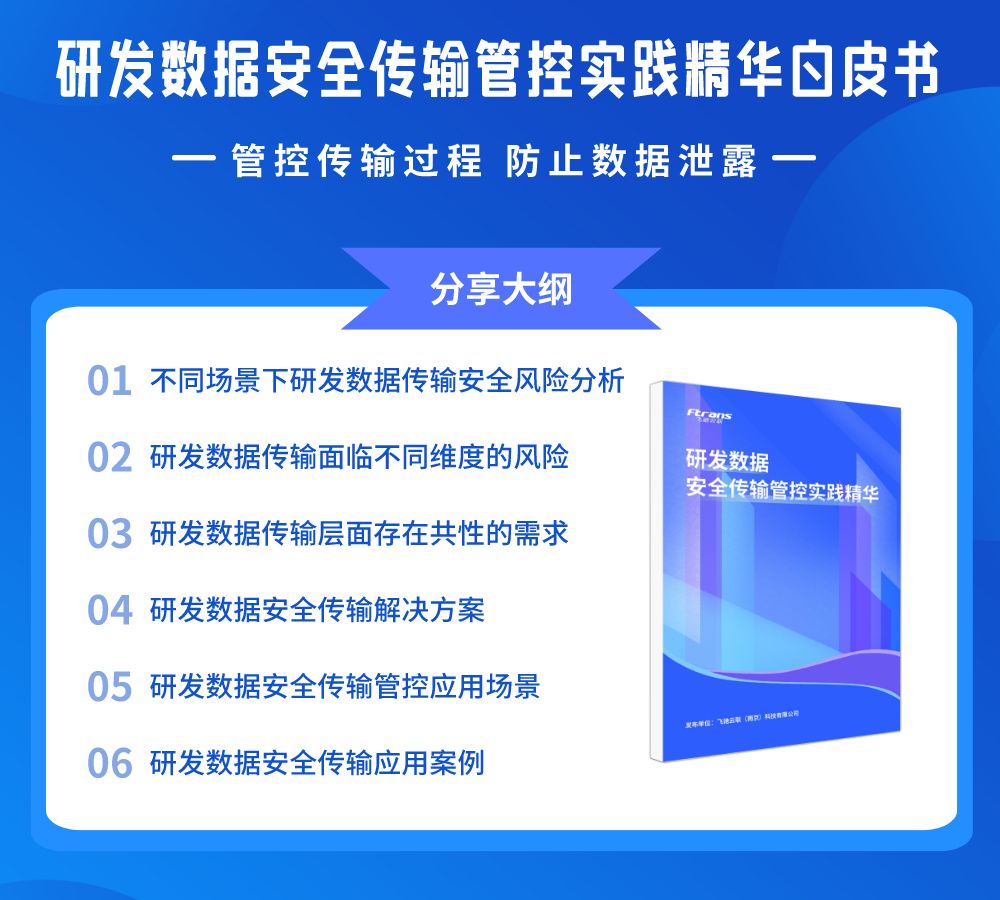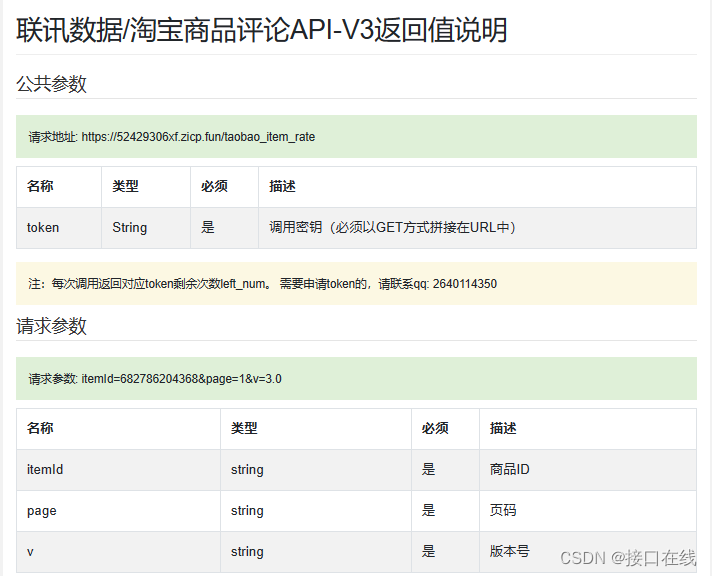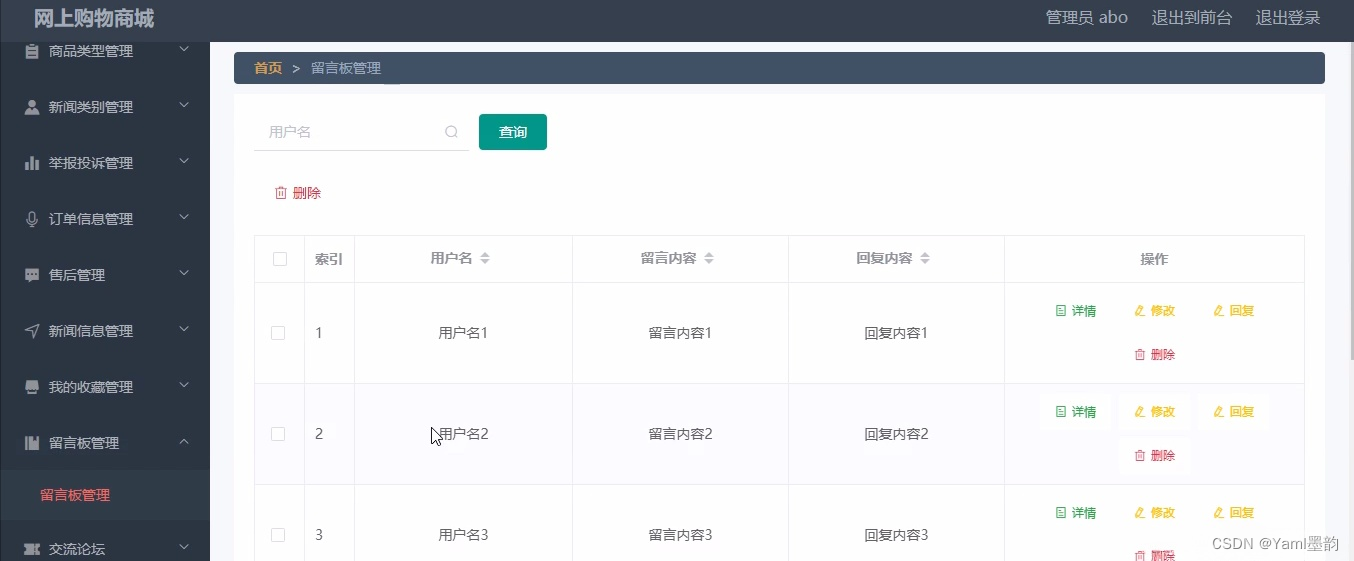如何在Spring启动的时候执行一些操作
在Spring启动的时候执行一些操作有多种方式。你可以通过实现ApplicationRunner或者CommandLineRunner接口,在Spring Boot应用程序启动后执行特定操作。另外,你也可以使用@PostConstruct注解,在Spring Bean初始化后立即执行特定操作。此外,Spring Boot还提供了事件机制,你可以使用ApplicationListener接口或者@EventListener注解来监听应用程序的不同阶段,并在触发事件时执行相应的操作。
如果你需要处理复杂的命令行参数,建议使用ApplicationRunner;如果只需要简单地处理命令行参数,可以使用CommandLineRunner。通常情况下,根据实际需求选择合适的接口来实现即可。@PostConstruct注解适用于在Spring Bean初始化后立即执行一些必要的操作,例如初始化资源、建立连接、加载配置等。
使用 ApplicationRunner 或者 CommandLineRunner
实现 ApplicationRunner 或 CommandLineRunner 接口,这两个接口都定义了一个 run 方法,在 Spring Boot 应用程序启动后会执行该方法。
CommandLineRunner 示例:
@Component
public class MyRunner implements CommandLineRunner {
@Override
public void run(String... args) throws Exception {
// 在这里执行一些操作
}
}
ApplicationRunner 示例:
@Component
public class MyApplicationRunner implements ApplicationRunner {
@Override
public void run(ApplicationArguments args) throws Exception {
List<String> nonOptionArgs = args.getNonOptionArgs();
Set<String> optionNames = args.getOptionNames();
// 处理命令行参数
}
}
它们的区别在于,ApplicationRunner 接口的 run 方法接受一个 ApplicationArguments 参数,
该对象包含应用程序启动时传递的命令行参数。例如 getOptionNames()、getOptionValues(String name) 等。适合处理复杂的命令行参数,例如选项和参数值的组合,以及非标准的参数格式。
而 CommandLineRunner 接口的 run 方法接受一个字符串数组参数。该数组包含应用程序启动时传递的命令行参数。适合处理简单的命令行参数,例如单个参数或标志。
如果你需要处理复杂的命令行参数,建议使用 ApplicationRunner;如果只需要简单地处理命令行参数,可以使用 CommandLineRunner。通常情况下,根据实际需求选择合适的接口来实现即可。
使用 @PostConstruct 注解
@PostConstruct 注解用于在 Spring Bean 初始化之后执行特定的操作。它通常用于执行一些需要在 Bean 初始化后立即执行的任务,例如初始化资源、建立连接、加载配置等。
@PostConstruct 注解的使用场景:
-
初始化资源:
@PostConstruct注解可以用于标记一个方法,在 Spring 容器实例化 Bean 并设置好属性之后立即执行该方法。这样可以确保在使用 Bean 之前进行一些必要的初始化工作,例如初始化资源文件、预加载数据等。@Component public class MyBean { private Resource resource; @PostConstruct public void init() { // 初始化资源 resource = new Resource(); } public Resource getResource() { return resource; } } -
建立连接:在某些情况下,需要在 Bean 初始化后建立一些连接,例如数据库连接、消息队列连接等。可以使用
@PostConstruct注解来执行这些连接操作,确保在 Bean 使用之前连接已经建立成功。@Component public class DatabaseConnector { private Connection connection; @PostConstruct public void init() { // 建立数据库连接 connection = DriverManager.getConnection("jdbc:mysql://localhost:3306/mydb", "username", "password"); } public Connection getConnection() { return connection; } } -
加载配置:
@PostConstruct注解也可以用于加载一些配置信息,确保在使用 Bean 之前配置已经加载完毕。这样可以避免在使用 Bean 时还需要手动加载配置的问题。@Component public class AppConfig { private Properties properties; @PostConstruct public void init() { // 加载配置文件 properties = new Properties(); try { properties.load(getClass().getClassLoader().getResourceAsStream("config.properties")); } catch (IOException e) { e.printStackTrace(); } } public String getProperty(String key) { return properties.getProperty(key); } }
使用 Spring Boot 事件机制
Spring Boot 提供了事件机制,可以监听应用程序的不同阶段,并在触发事件时执行相应的操作。你可以实现 ApplicationListener 接口,然后监听 ApplicationStartedEvent 或其他事件。
@Component
public class MyApplicationListener implements ApplicationListener<ApplicationStartedEvent> {
@Override
public void onApplicationEvent(ApplicationStartedEvent event) {
// 在这里执行一些操作
}
}
使用 @EventListener 注解
可以使用 @EventListener 注解在方法上监听 Spring 事件,并在事件发生时执行方法。需要注意的是,被注解的方法必须是公共方法。
@Component
public class MyEventListener {
@EventListener
public void handleContextRefresh(ContextRefreshedEvent event) {
// 在这里执行一些操作
}
}
参考链接:
- Spring Boot Docs - ApplicationRunner
- Spring Boot Docs - CommandLineRunner
- Spring Boot Docs - @PostConstruct
- Spring Boot Docs - Events and Listeners



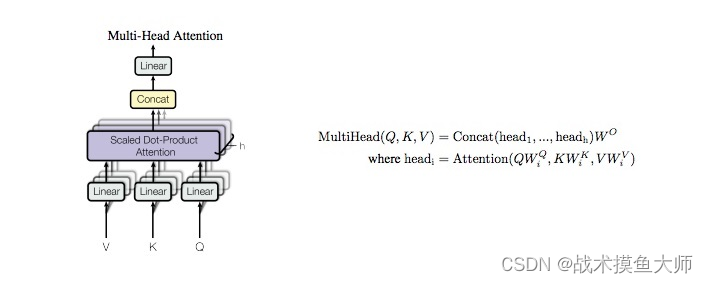

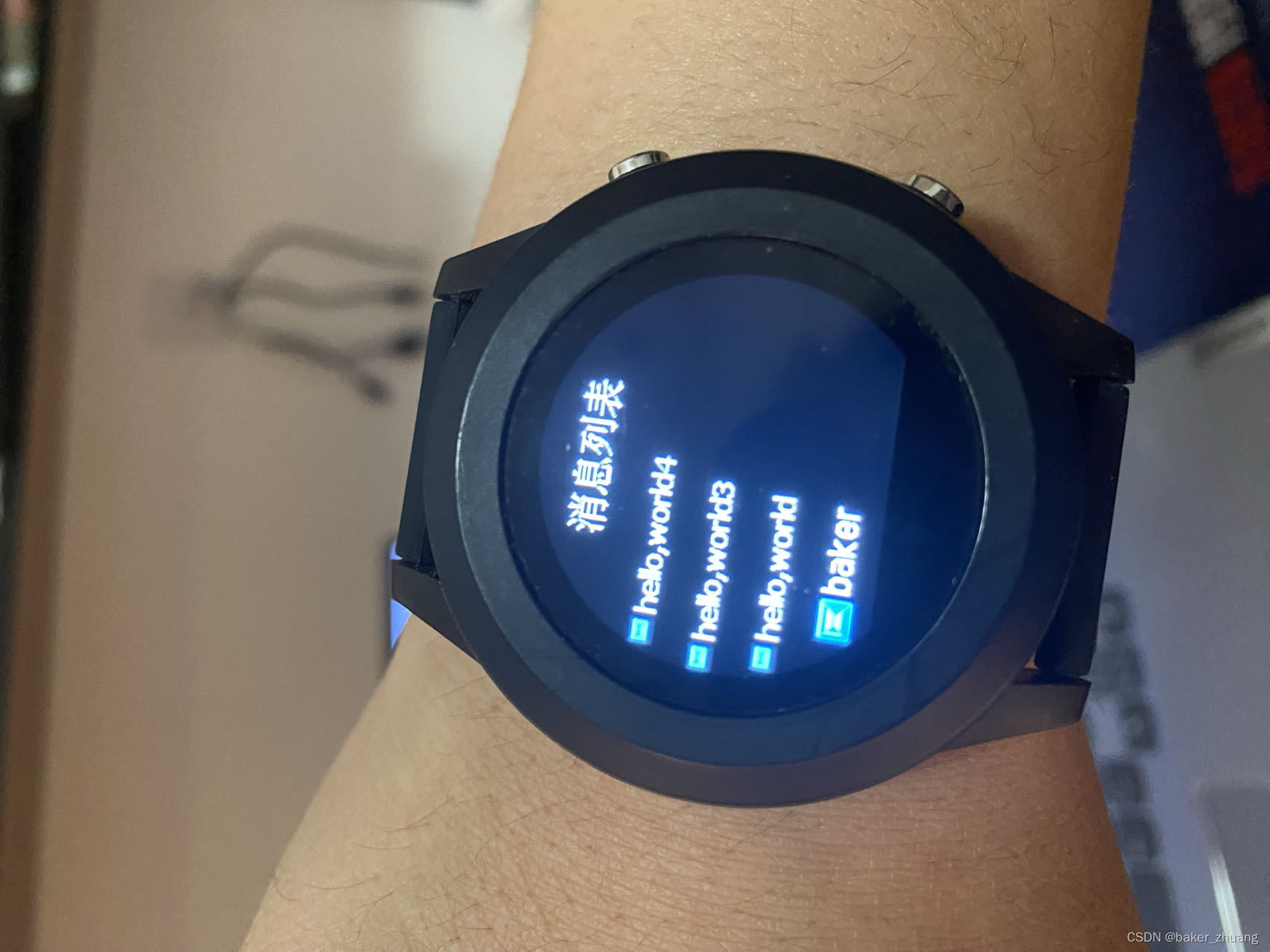

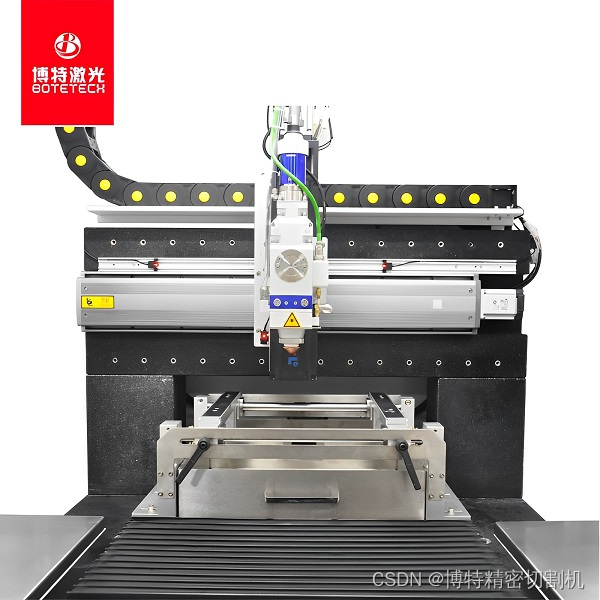
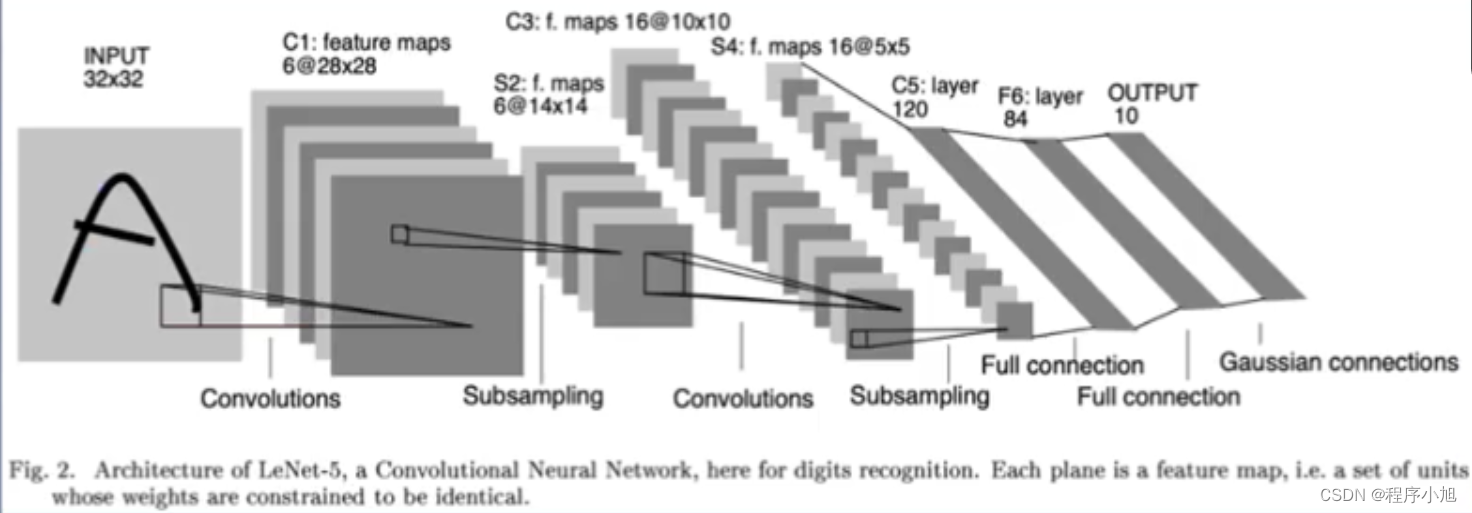

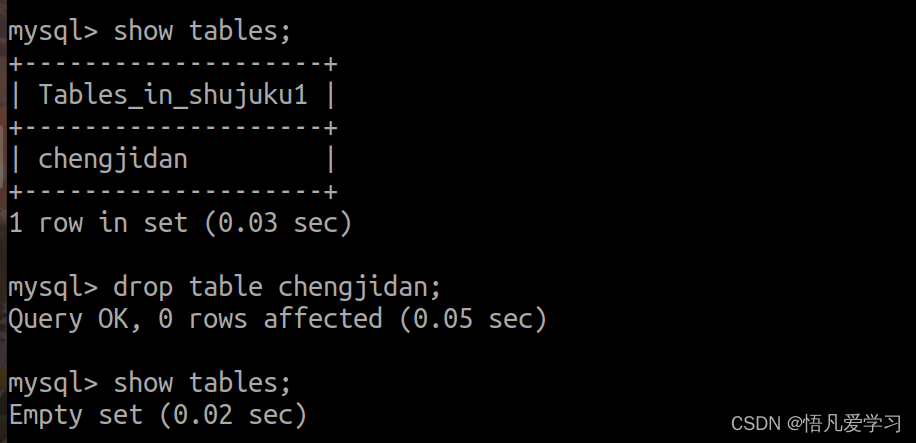
![[vue] nvm use时报错 exit status 1:一堆乱码,exit status 5](https://img-blog.csdnimg.cn/direct/c685891de8bd42b0a226106117c4baed.png)
